Church of Santa Coloma d’Andorra
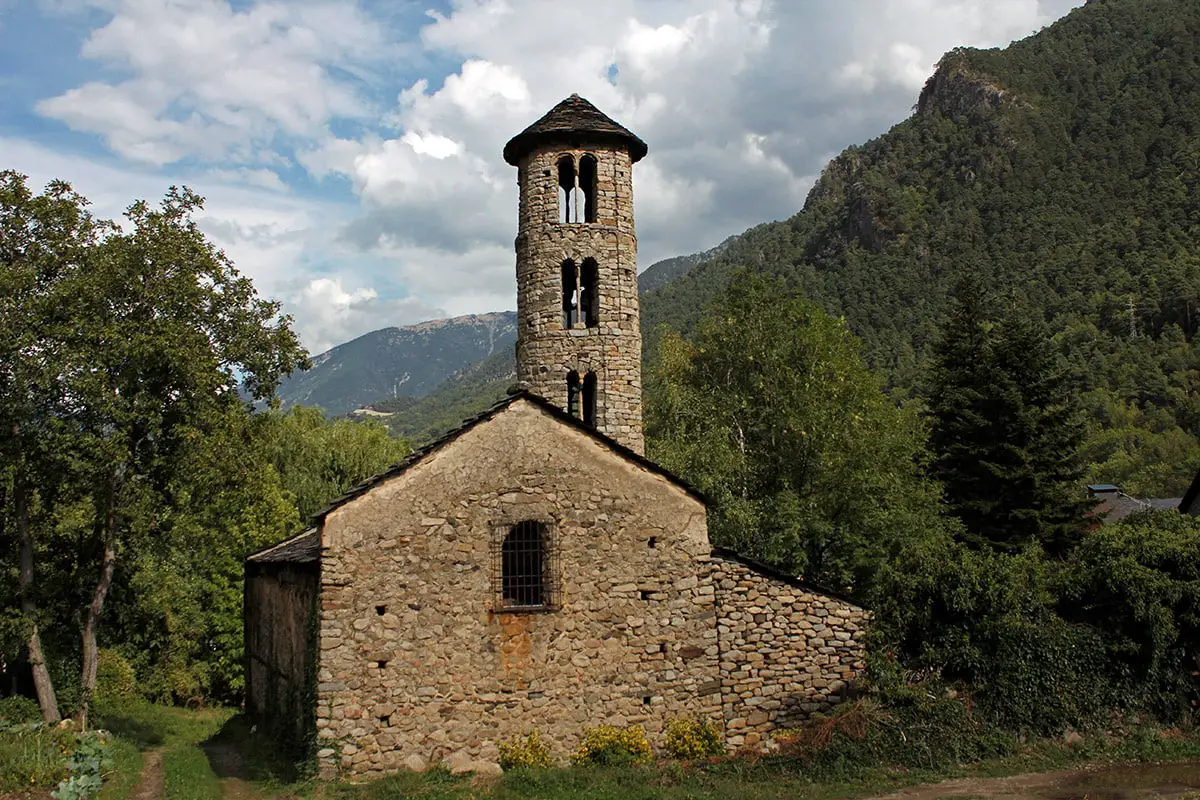
The oldest church in Andorra, first mentioned in 1044 AD although it might be older. Church initially was built in local Pre-Romanesque style and has a prominent bell tower from the 12th century). Several original frescoes from the 12th century have been preserved inside the church.
Gorham’s Cave
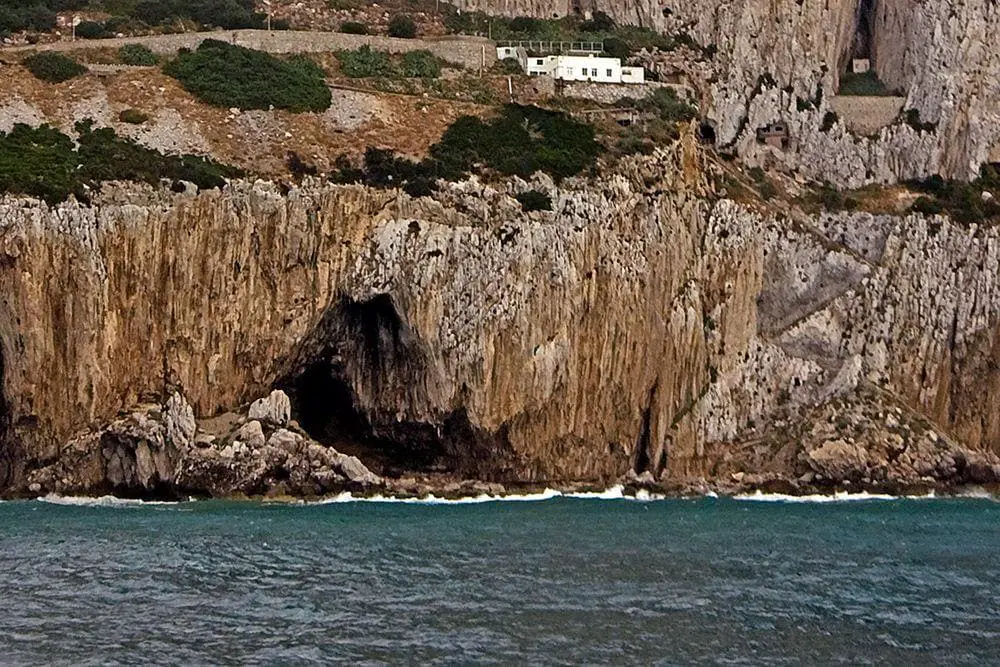
One of four caves in Gorham’s Cave complex. Cave has formed in Jurassic limestone and has an 18 m thick layer of sediments that contain very important finds including the latest find of Neanderthals who lived here 60 – 24 thousand years ago when the sea was far away from the cave and the area was rich with resources. This is the last known settlement of Neanderthals in the world. The time of their habitation includes an incision of eight lines, made at least 39,000 years ago, most likely made by Neanderthals – the oldest known abstract drawing in the world. 23 thousand years ago here started to live modern humans, who left some paintings on the walls of the cave. Phoenicians and Carthaginians used this cave as their shrine, leaving offerings here.
Monte Brasil “Phoenician sanctuaries”
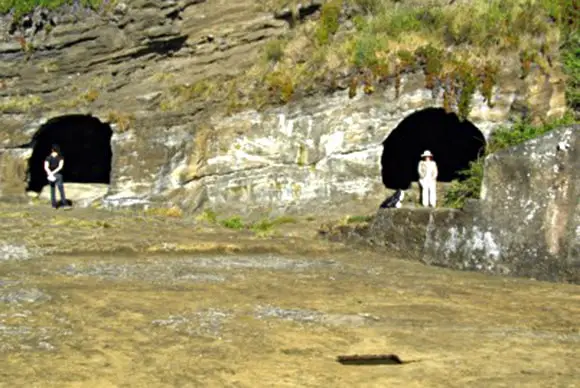
Rock cut chambers, possible prehistoric structures made long before the coming of Portuguese in the 14th century. Similar rock-cut structures have been found on Corvo and Santa Maria islands and, reportedly, on Flores. Researchers consider that these can be Carthaginian (Phoenician) temples from the 4th century BC.
Risco Waterfall
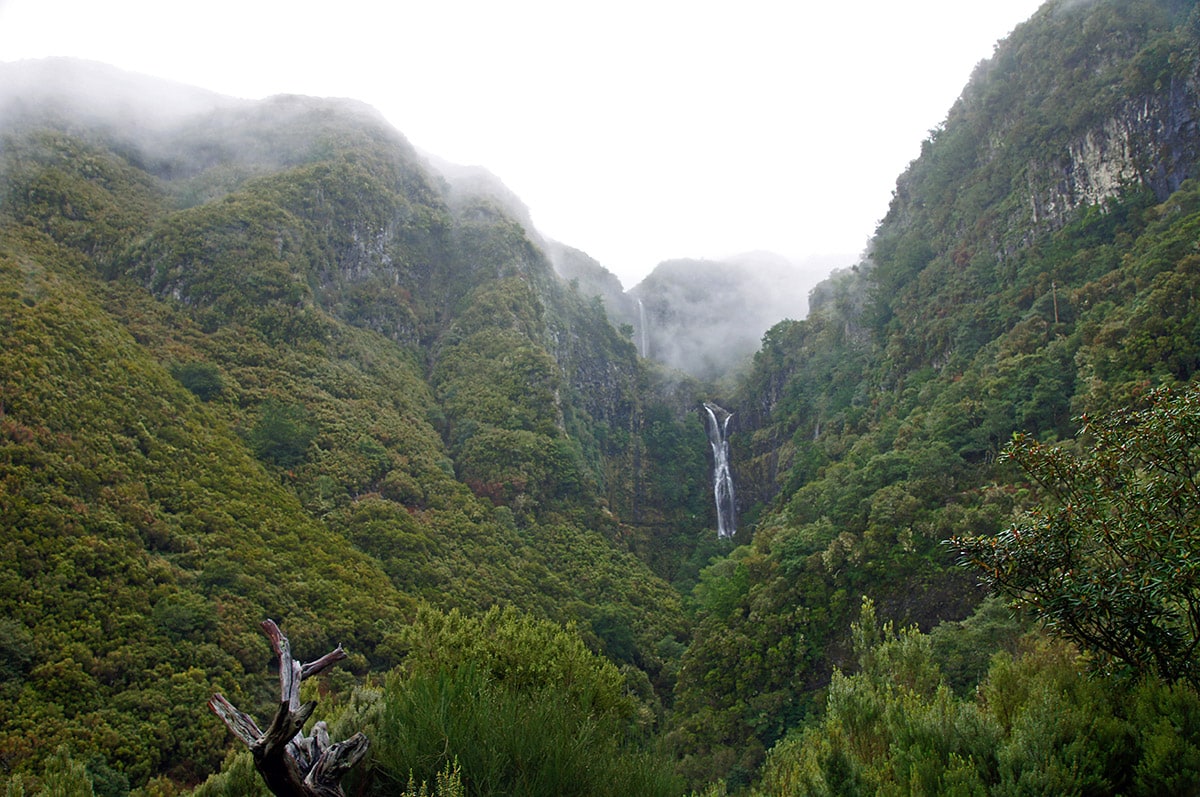
Approximately 100 m tall waterfall.
Batalha Monastery
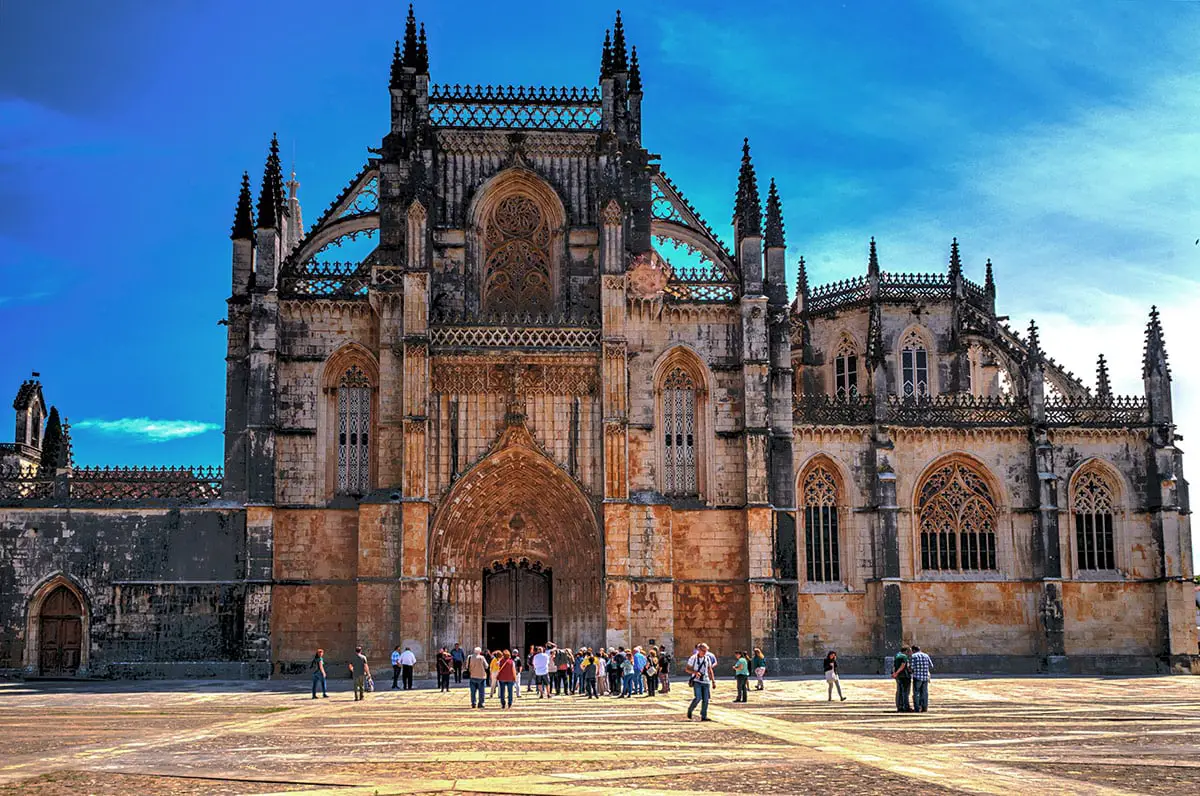
A beautiful structure of Dominican convent, built in Late Gothic style in 1386 – ˜1517. One of the greatest Gothic structures.
Bala’a sinkhole (Baatara sinkhole) and waterfall
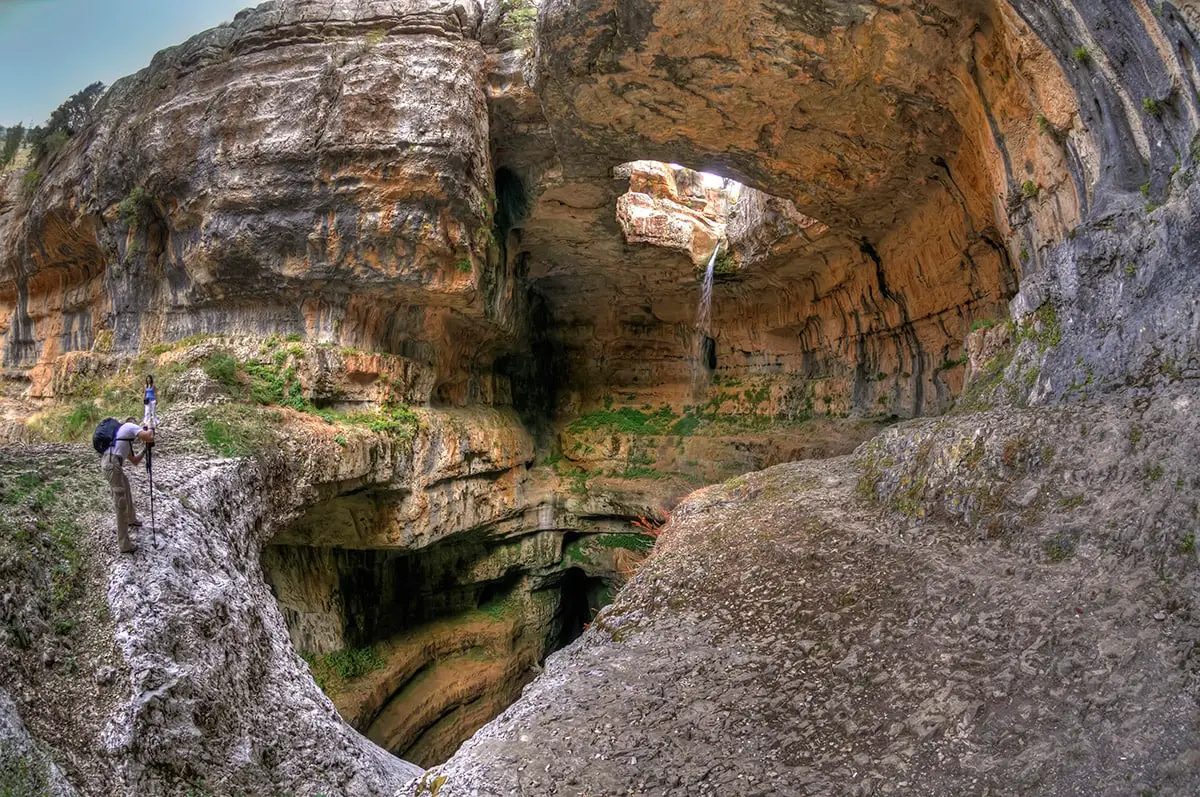
Approximately 255 m deep, nearly vertical cave with waterfall in it. The entrance in the cave is some 70 m deep sinkhole. Here waterfall has percolated one side of sinkhole, creating three natural bridges one above the other. Waterfall disappears underground.
Masada
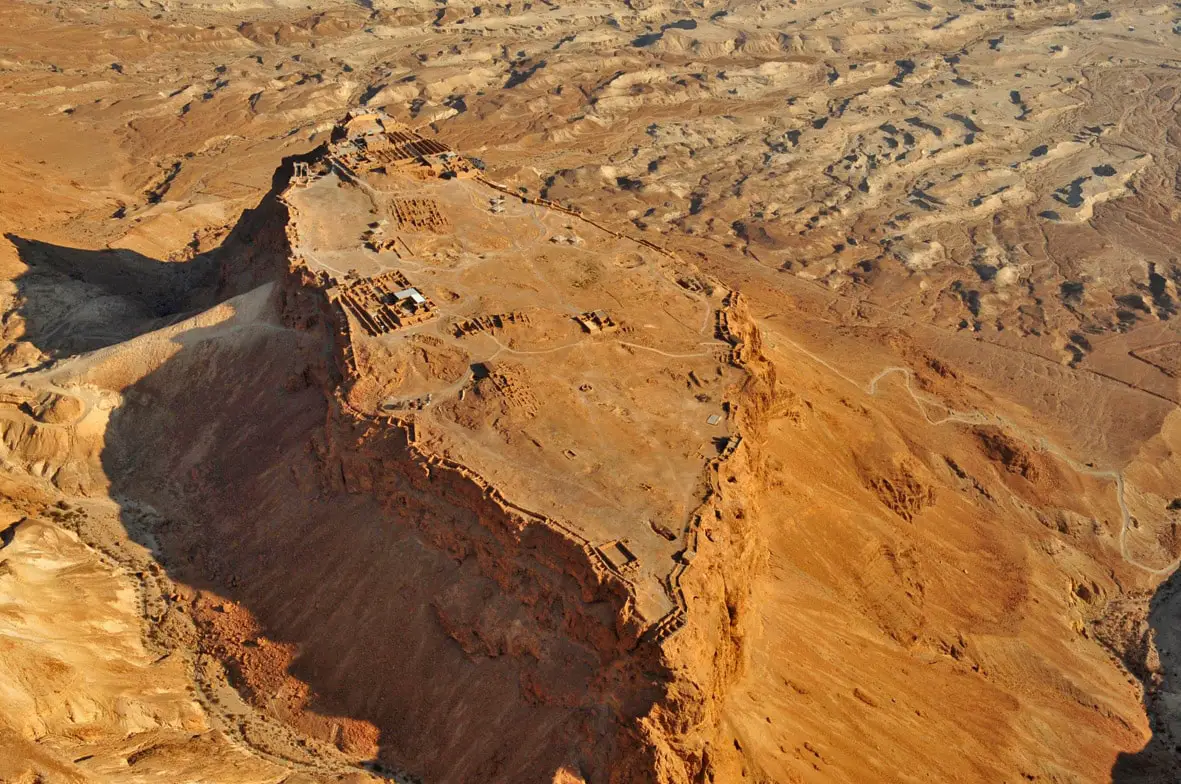
Dramatic fortress/ refuge on top of table mountain, constructed in 37 – 31 BC, taken by Romans simultaneously with the mass suicide of 960 defenders in 73 AD. Here are located remnants of one of the world’s oldest synagogues.
Petra
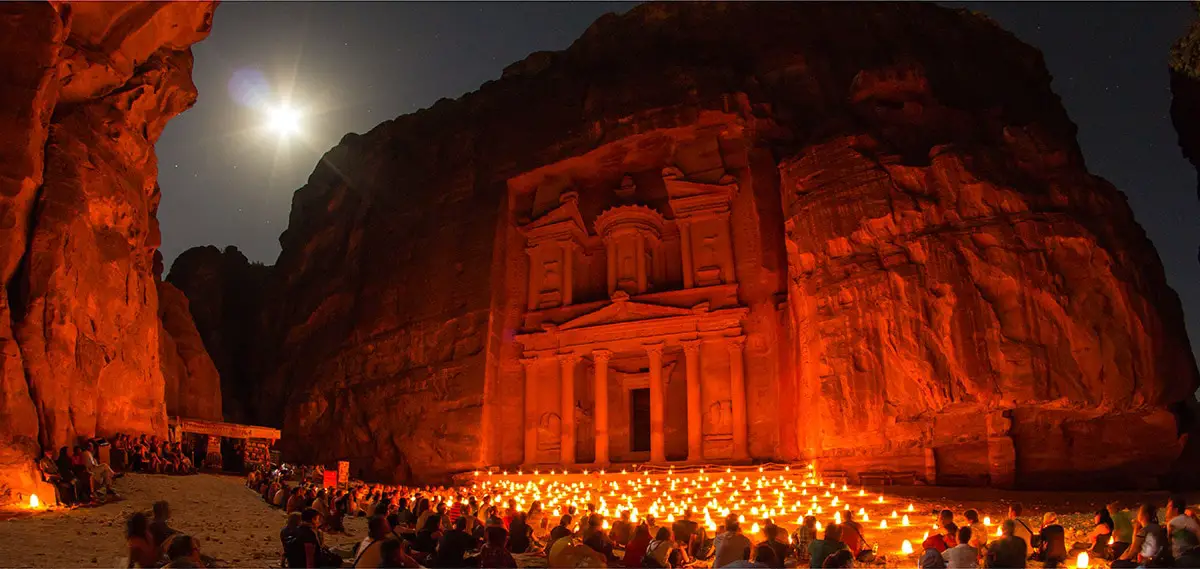
The ancient capital city of Nabateans was established around the 6th century BC at the site of an ancient sanctuary. Contains some of the most beautiful and intricate rock-cut architecture in the world, available after walking through some 1.2 km long, narrow gorge.
Nimrud
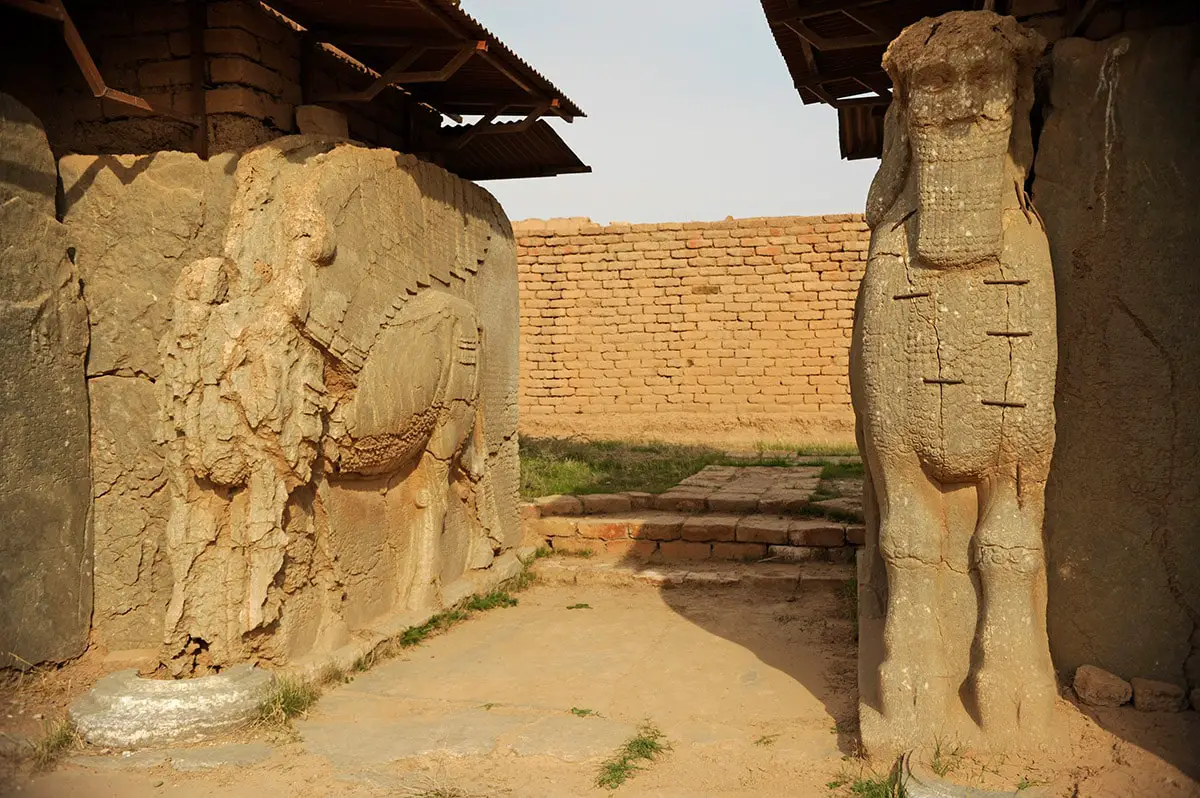
Remnants of ancient Assyrian city. Construction of this city started sometimes around 1270 – 1260 BC and it was a capital of Assyrian Empire in the 9th – 8th century BC when it had some 75,000 – 100,000 inhabitants and for some time was the world’s largest city. Partly destroyed and abandoned between 616 and 605 BC. Important finds here were a statue of emperor Ashurnasirpal II and giant, winged lions with human faces. These statues of lions – Lamassu – weighed up to 27 tons. In 2015 the remnants of the city were deliberately bulldozed by the Islamic state.
Shrine of Ali, Mazar-i-Sharif (Blue Mosque)
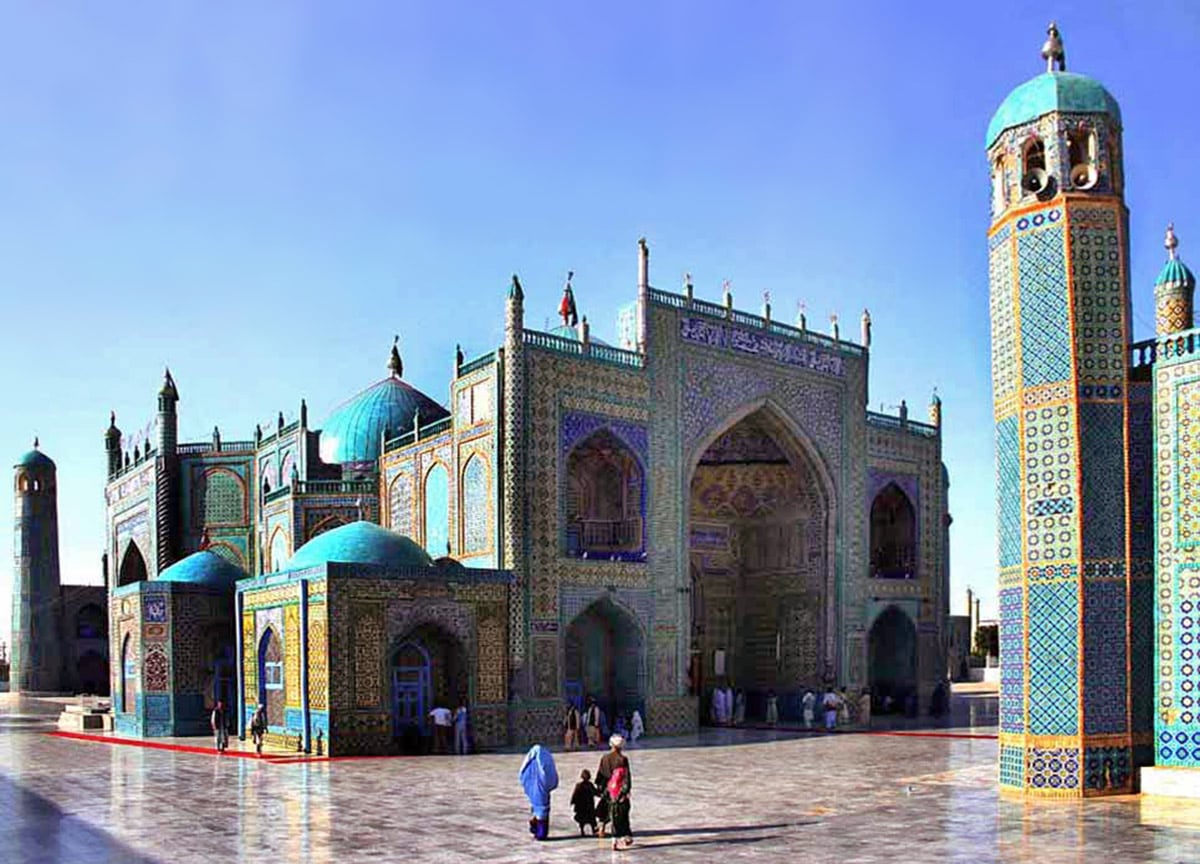
Gorgeous mosque with turquoise-colored domes, one of the most venerated shrines in Afghanistan. The first mosque was destroyed by Genghis Khan around 1220 and the current building was built in the 15th century. Constructed above the purported grave of Ali ibn Abi Talib. Nevertheless, some consider that here is buried Zoroaster.
